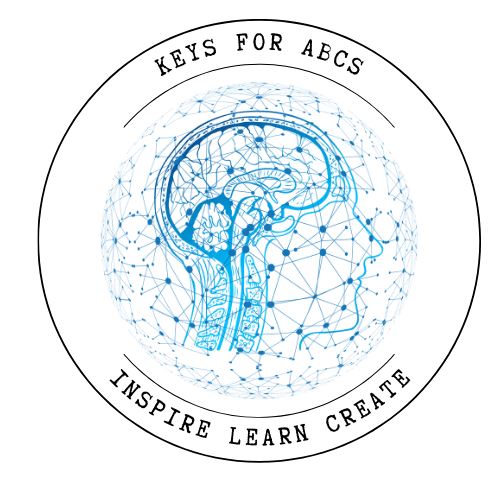Frame of Reference is defined in two distinct ways, one by physics and one by psychology.


It's interesting to note that these definitions of frame of reference link directly to the two main viewpoints competing for attention in the field of learning.
One side is the idea of ultimate truth, content-based fact, and superior knowledge based on expertise or position. This is similar to the physics or mathematical definition using preset expectations and measurements.
The other side suggests that there is no ultimate truth or content-based facts. Instead, we are all creators of our truth. This seems to link to the second definition, where our observations and views determine what we see.
What neither of these definitions account for fully is the idea of catalysts for change. They are both focused on what we already know and see, which is true, but not the whole picture. Our frame of reference is based on a combination of our experiences and our responses to those experiences. Whether you intentionally select your responses or not, they impact how you perceive everything. Not making a choice is still a choice.
Natural Learning Model Frame of Reference
My frame of reference is that reality is somewhere between the two. Truth is discovered in various ways through various experiences. Those with more experience often have more knowledge to discover this truth, but that doesn’t mean those with less experience don’t sometimes discover a truth a more experienced person doesn’t see. The natural learning model, my proposed model of learning, is based on the premise that who we are and, therefore, our frame of reference results from our experiences and responses to these experiences.
I propose frame of reference is the combination of experiences, cognitive dissonance, emotional dissonance, beliefs, knowledge, culture and reflection. Additionally, frame of reference is constantly shifting, growing and developing, either intentionally driven by the individual or subconsciously driven as a defense mechanism. It can be measured, but only at a single point in time and is subject to observer bias.

